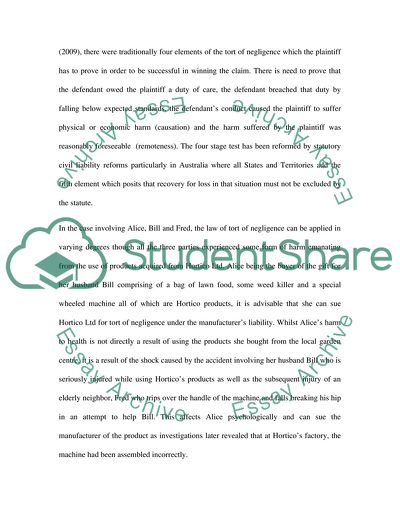Cite this document
(“Capiro Industries vs. Dickman Case Study Example | Topics and Well Written Essays - 3000 words”, n.d.)
Capiro Industries vs. Dickman Case Study Example | Topics and Well Written Essays - 3000 words. Retrieved from https://studentshare.org/law/1735711-assignment-3-case-law-studies-to-be-individually-analysed
Capiro Industries vs. Dickman Case Study Example | Topics and Well Written Essays - 3000 words. Retrieved from https://studentshare.org/law/1735711-assignment-3-case-law-studies-to-be-individually-analysed
(Capiro Industries Vs. Dickman Case Study Example | Topics and Well Written Essays - 3000 Words)
Capiro Industries Vs. Dickman Case Study Example | Topics and Well Written Essays - 3000 Words. https://studentshare.org/law/1735711-assignment-3-case-law-studies-to-be-individually-analysed.
Capiro Industries Vs. Dickman Case Study Example | Topics and Well Written Essays - 3000 Words. https://studentshare.org/law/1735711-assignment-3-case-law-studies-to-be-individually-analysed.
“Capiro Industries Vs. Dickman Case Study Example | Topics and Well Written Essays - 3000 Words”, n.d. https://studentshare.org/law/1735711-assignment-3-case-law-studies-to-be-individually-analysed.


